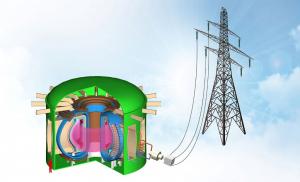What’s New
30 March 2021
ITER news digest for the period of 22 March 2021 to 30 March 2021.

A new design for a compact fusion reactor in the United States


Désolé, cette page n'existe pas en français.

